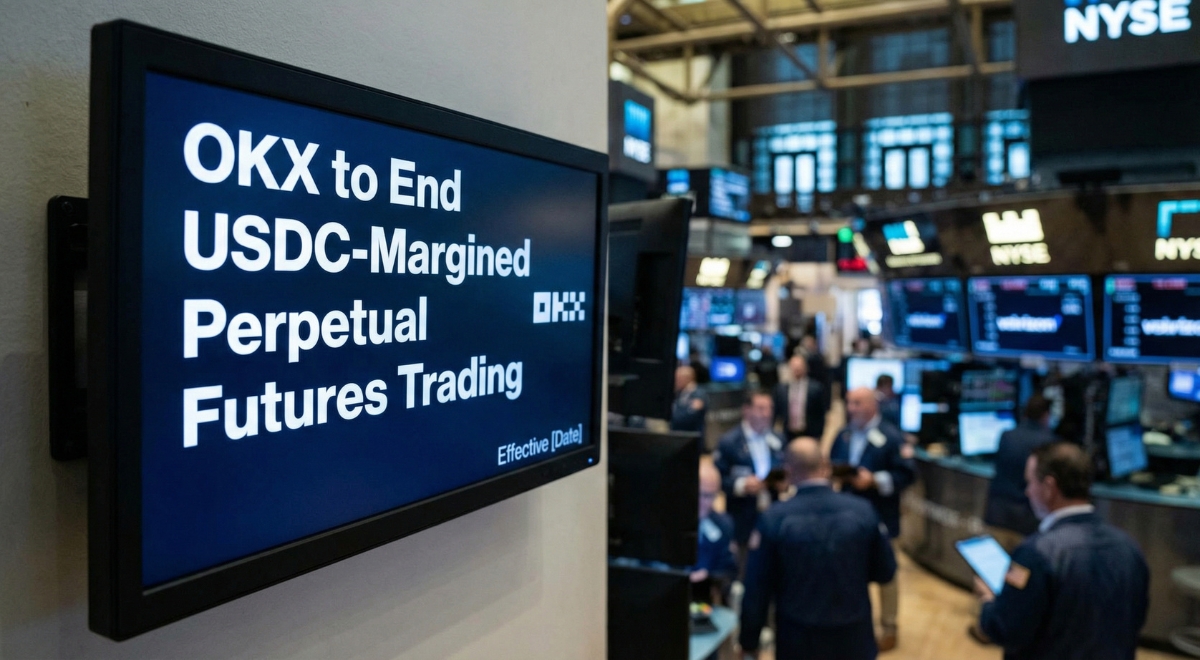Recently, as we are moving towards a cashless society, there has been a lot of buzz around cryptocurrencies and digital currencies. Many global financial institutions have launched research into digital currencies and how they change the way people look at money. But suppose you’re new to a digital exchange. In that case, it might be hard to grasp precisely how digital currency will differ from cryptocurrency. In this guide, we’ll explain what separates digital
Table of Contents
ToggleWhat is Digital Currency?
Digital currency is exclusively used to describe electronic versions of money. But unlike other electronic currencies, digital currency is only available in electronic form. It cannot be transformed into physical holdings. It is permanently based on a computer network and can either be centralized on decentralized.
In a decentralized digital currency, the supply control is regulated and verified by a collaborative network of users. Examples include cryptocurrency and tokens that operate independently from financial institutions. Meanwhile, many national banks consider a centralized digital currency as central bank digital currency (CBDC).
According to the International Monetary Fund (IMF), over 100 countries are interested in CBDCS. Only a few territories have made solid arrangements to adopt CBDCs. For instance, the Eastern Caribbean Central Bank (DCash) and the Bank of Jamaica (JamDex) are among the few companies already having CBDC.
What is Cryptocurrency?
Cryptocurrency or digital coin is a store of value that functions as a medium of exchange. It is built on a decentralized distributed ledger technology and is secured by encryption. Meanwhile, unlike fiat and digital currencies, cryptocurrencies have no central regulation in most countries. As a result, it is highly volatile and easily subjected to government manipulation.
Additionally, cryptocurrencies permanently exist on the internet without physical tenders like notes or coins. It is also created through a mining process called ‘cryptography’ and can be stored or spent using encrypted wallets.
Digital Currency v. Cryptocurrency: Key Features and Differences
Blockchain plays a key role in determining digital currency vs cryptocurrency comparisons. Cryptocurrencies exist permanently on a blockchain, but digital currencies do not need a blockchain to function. However, digital currency and cryptocurrency have inherent, objective value and no collateral.
In terms of regulation, digital currencies are regulated by a central authority, and it has been widely accepted in several countries. On the other hand, cryptocurrencies work with a decentralized system and are not backed by any central authority. This makes the cryptocurrency market very volatile, unlike digital currencies, which are regulated and easier to manage.
Meanwhile, the type of security differs in digital currency and cryptocurrency. Cryptocurrencies are secured by encryption, while digital currencies do not use an encryption system. Crypto traders use the money in their bank accounts in exchange for cryptocurrency. In digital currencies, users can secure their wallets with passwords and biometric authentication to protect their data.
Regardless of their differences, digital currency and cryptocurrency play a significant role in our global economy. Whether you’re using your smartphone or a digital card, digital money has come a long way in the last decade, and the future of money is here.











